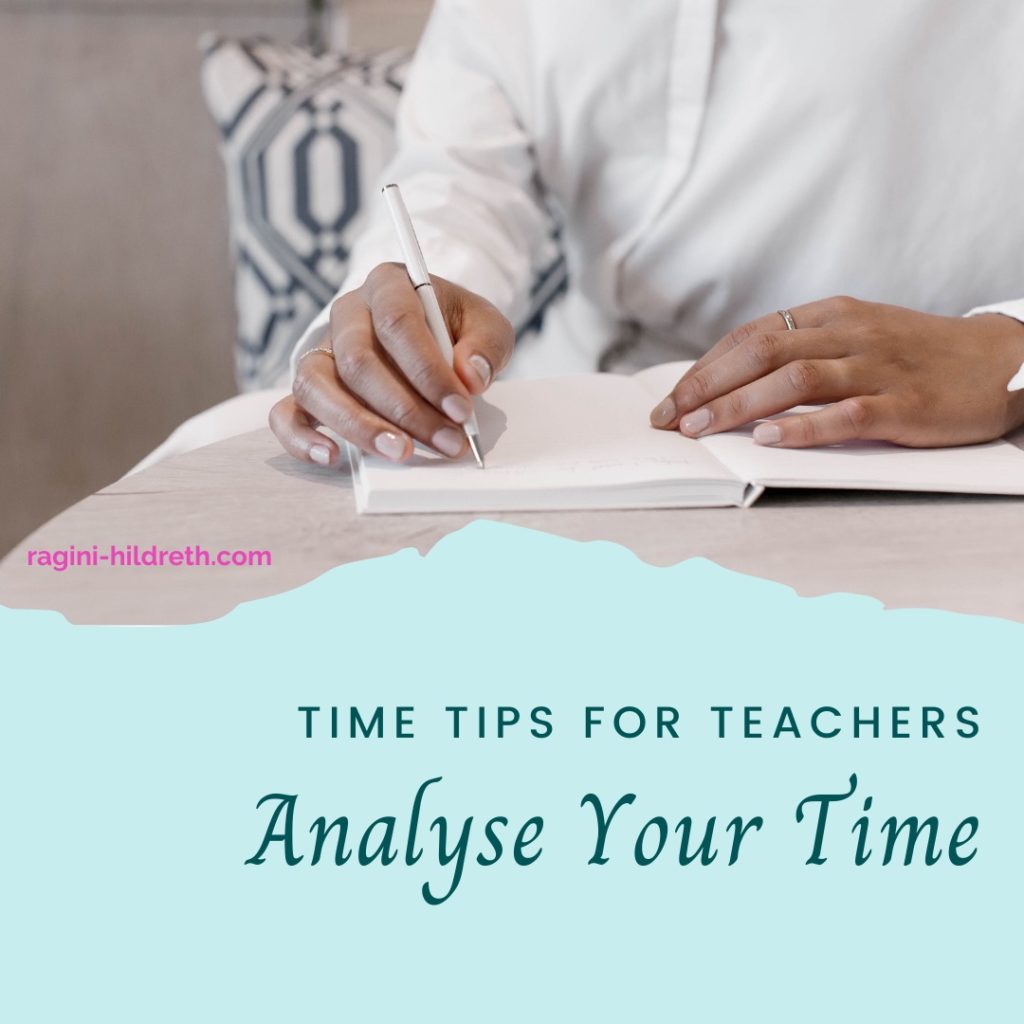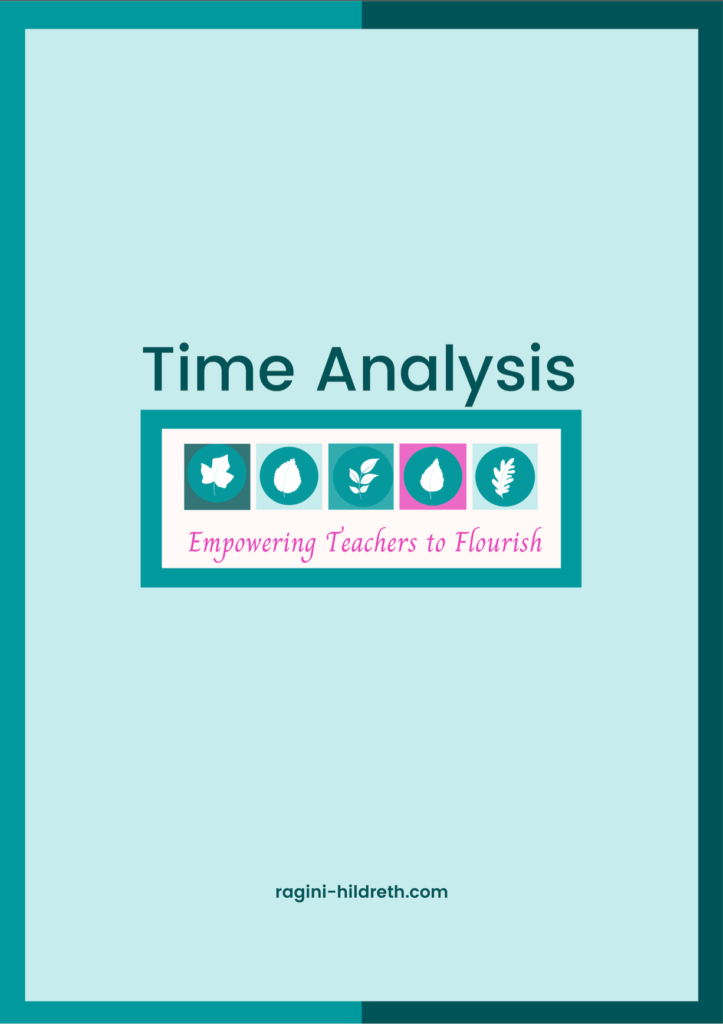
Too much to do and not enough time to do it?
I get it!
Working in schools can feel like you’re spinning plates as you run to deal with urgent situations before running back to keep up with planning, marking and meetings.
As a teacher, striving to balance working full-time whilst meeting the needs of my family, I often felt over-stretched!
Just thinking about how to find time for marking, meetings and leadership responsibilities was stressful.
And when family life was impacted by illness, or additional dates in the diary, even if it was a special event, the stress levels increased.
In all the busyness, I was sad that there were not enough hours in a day.
The worst part was that I wasn’t confident that I could find a way through.
Feeling overwhelmed, I didn’t know how to find the time I needed for work and family life and I hated feeling that I had no control.
Taking Control of Time
The turning point was noticing an advertisement as I walked past a local shop.
On the billboard was a simple grid of 7 x 24 boxes with something like ‘there are 168 hours in a week.’
I have no recollection of what was being advertised, but I was impacted by the fact that each week had 168 hours.
Intrigued, I wondered how I was spending all those hours so I recreated the grid, printed it out and started logging how I used my time.
Simply using colours to highlight different activities, helped me analyse how I spent my time.
Visually, I could see chunks of time where I was working, shopping, cooking, cleaning and relaxing.
The startling truth was that I spent more hours than I had realised watching TV!
Habitually, I relaxed by watching my favourite shows in the evening.
But, what had happened was, I regularly carried on watching other programmes so one hour quickly became two or three.
By analysing how I was spending my time, it was clear that I had some habits that needed to change.
Adding up the minutes and I realised that I was wasting hours watching shows I could have lived without.
As a result, I made simple changes and started to find the time to spend on things I thought I would never have time to do.
Save Minutes: Gain Hours
Thinking differently about my routines, I made small changes to three areas of my life.
1. Friendships
2. Exercise
3. Sewing
Soon, my social life improved because I started to intentionally plan time for friends.
I set time in my diary to call friends and booked lunches and events many months in advance. All the occasions came around quickly and I always had something to look forward to.
Finding time to exercise had become difficult. I realised that I might not have a couple of hours to go to the gym, but using the Time Analysis grid, I found that I could find 20 minutes to exercise most days. Even if it was only a lunchtime walk, by the end of the week, I had exercised for a minimum of two hours.
Even better, using the grid helped me identify blocks of time to start sewing again. Even here, consistently using small amounts of time resulted in completed projects.
The impact of making these changes helped me to see that life was not solely about school.
Because I felt that I didn’t have time to do things that I enjoyed, I was dissatisfied with life.
Reconnecting with doing the things I loved brought harmony into my life and increased satisfaction.
Analyse Your Time
If you would like support to begin to take control of your time, I have created a simple Time Analysis printable for you.
In four simple steps, you will get a clearer picture of each day.
Step 1
Download the Time Analysis printable.

Step 2
Complete the grid for a week.
Step 3
Identify chunks of time that you wish to use differently.
Step 4
Plan how you will use this time.
Time is our most precious resource and once spent, we can’t get it back.
By simply deciding to log your daily routine, you will easily identify where it goes.
Just imagine if you could find extra time for yourself.
My extra time was spent sewing and improving my friendships and physical fitness.
What would you do?
COMMENTS